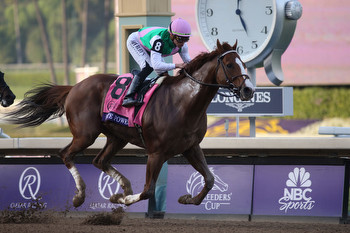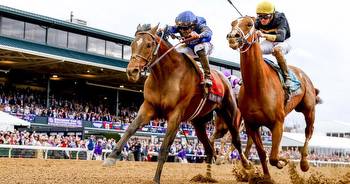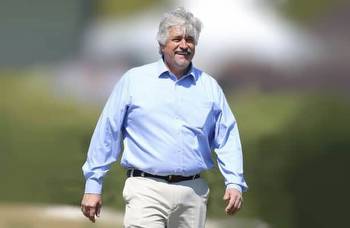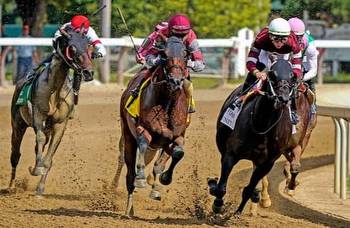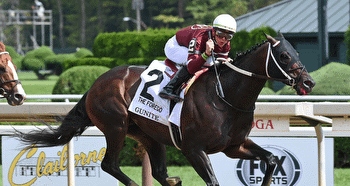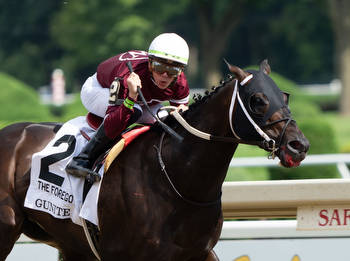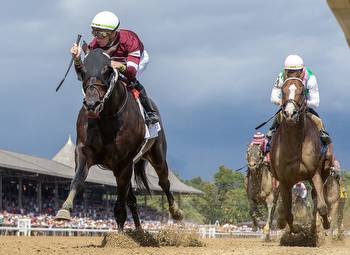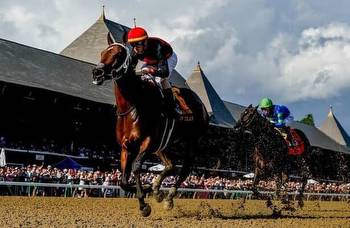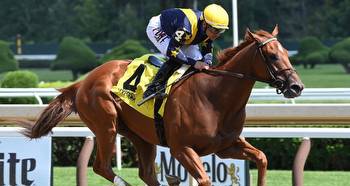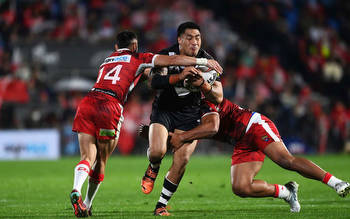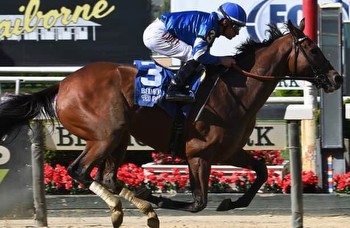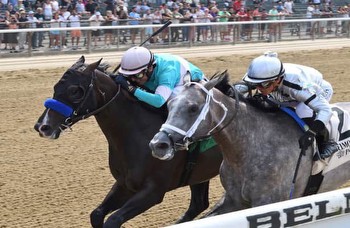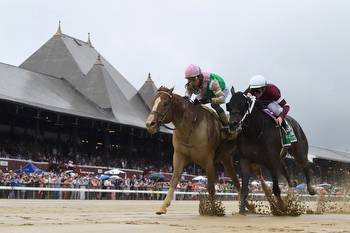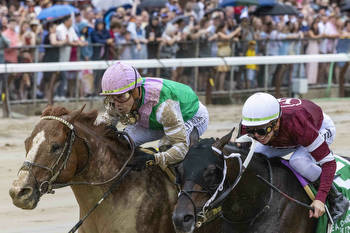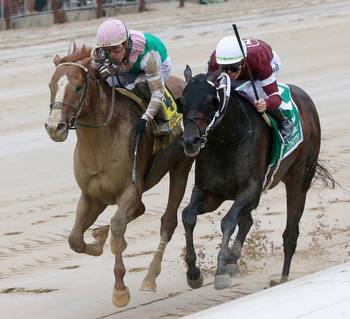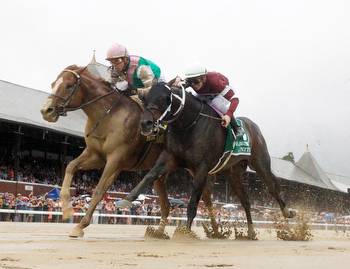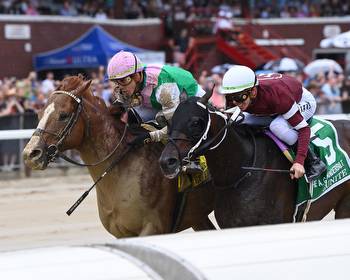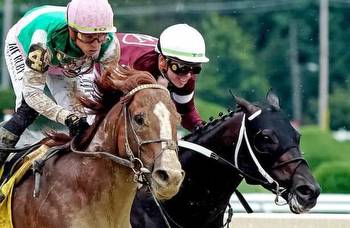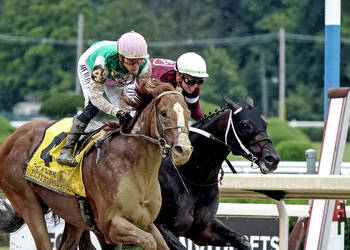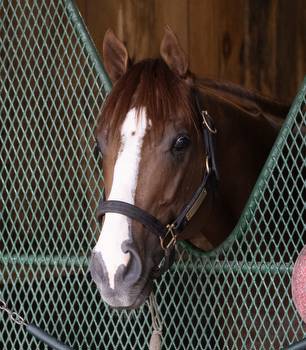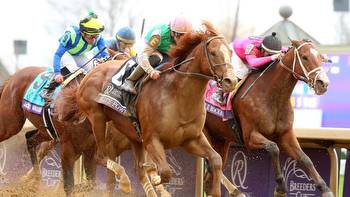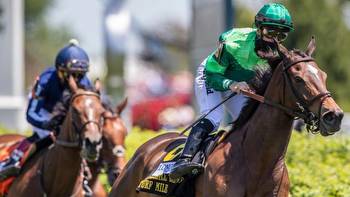Improving horses can turn the tables on seemingly superior rivals
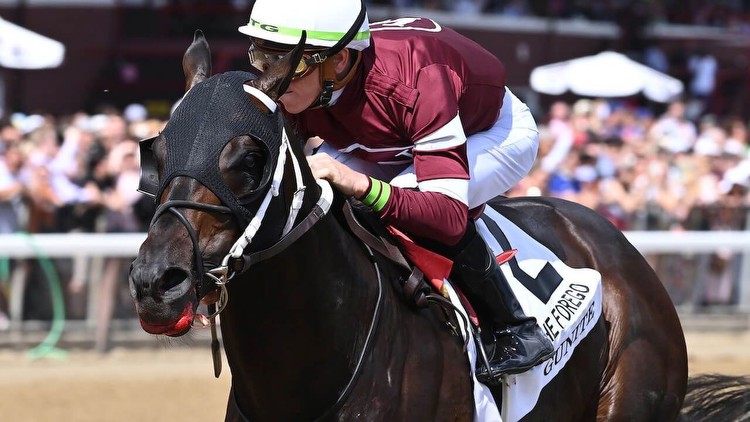
Just because one horse beats another the first time they face off doesn’t mean the outcome won’t be reversed in subsequent meetings.
Even if one horse beats another horse in their first two or three meetings, this apparent superiority can shift on a dime. The history of horse racing is replete with examples.
Remember Blind Luck, the champion three-year-old filly of 2010? After winning the Kentucky Oaks (G1) during the spring, Blind Luck embarked on a summer campaign that included tenacious triumphs in the Delaware Oaks (G2) and Alabama (G1) over an unheralded up-and-comer named Havre de Grace.
Havre de Grace failed by just a nose to upset Blind Luck in the Delaware Oaks, then came within a neck of the champ when second in the longer and tougher Alabama. When they met for a third time in the Cotillion (G2), Have de Grace was carrying 10 fewer pounds than Blind Luck, a dramatic shift considering they’d carried even weights in the Alabama. The result? Havre de Grace (always the more tactical of the two fillies) parlayed a pace-tracking trip into a neck victory over Blind Luck, and the $2 exacta in a five-horse field returned a generous $7.60.
A similar storyline unfolded in 2015. In the historic Travers (G1) at Saratoga, Triple Crown winner American Pharoah was an odds-on favorite after rattling off five consecutive Grade 1 wins. In three of them—the Kentucky Derby (G1), the Belmont (G1), and the Haskell (G1)—American Pharoah finished ahead of a stretch-running colt named Keen Ice.
Keen Ice was never a factor in the Kentucky Derby, coming home seventh by 8 3/4 lengths. But he improved to run third by 7 1/2 lengths in the Belmont, and in the Haskell he gobbled up ground down the homestretch to finish second by 2 1/4 lengths. Clearly Keen Ice was on the rise, and when American Pharoah got caught up in a Travers speed duel, Keen Ice came running late to prevail by three-quarters of a length at odds of 16-1.
A more recent example comes from Elite Power and Gunite. Elite Power, the champion male sprinter of 2022, started off 2023 with three consecutive victories. In both the Riyadh Dirt Sprint (G3) and the Alfred G. Vanderbilt (G1), he beat 2021 Hopeful (G1) winner Gunite. When they met for a third time in Saratoga’s Forego (G1), Elite Power was the 3-4 favorite while Gunite started at 13-10.
But a strong case could be made for Gunite to defeat Elite Power while returning to the same track and distance as the Hopeful. After finishing second by 3 1/4 lengths in the Riyadh Dirt Sprint, Gunite improved to miss victory by only a head in the Alfred G. Vanderbilt. He carried two fewer pounds than Elite Power in the Vanderbilt, but in the Forego he received a six-pound weight break.
By now, you can predict what happened: Gunite set a slow pace and turned back Elite Power to win by 1 3/4 lengths. The $2 exacta returned $4.60, so bettors willing to play against Elite Power with Gunite more than doubled their money on a perfectly logical exacta outcome.
Horses aren’t machines, and they can improve or regress as a season goes on. When you see one horse (like Havre de Grace, Keen Ice, or Gunite) steadily improving in their starts against a seemingly superior rival (like Blind Luck, American Pharoah, or Elite Power), consider the possibility the tables will turn the next time they meet.

